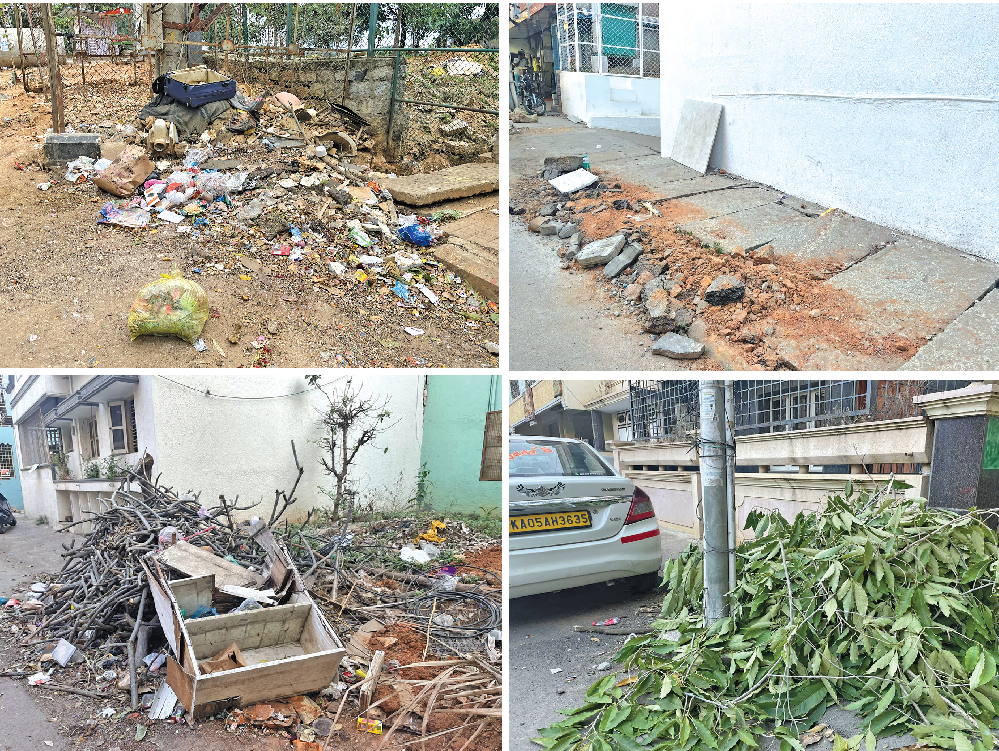
Farming changes leading to leopard attacks?
Maqsood Maniyar | NT
Bengaluru: If more and more people in Karnataka are dying in leopard attacks in recent years, there is a simple reason for it.
Wildlife biologists and ecologists believe that the attacks may be increasing partly due to change in agricultural practices in the past two or three decades. According to them, farming used to be a mostly monsoon activity, which changed with the utilization of groundwater for year-round agriculture, especially cash crops like sugarcane.
Earlier, vast swathes of fertile land used to remain fallow for most of the year, but now thanks to groundwater, once vacant lands are being occupied by tall cane stalks, which provide excellent cover and habitat for leopards.
Experts reasoned that if there isn’t enough land and prey for leopards, they’ are forced out to the peripheries of forests. Here, they learn to prey on smaller animals like hares, other rodents, peafowl and the like and take the farmlands as their habitat.
However, biologists warned that mere sightings of leopards and other wild animals should not be characterized as a human-animal conflict. One of the worst hit parts of Karnataka has been T Narsipura taluka of Mysuru district, where two persons were killed by a leopard in mid-January, leading to flash protests.
Recipe for conflict, says expert
Veteran wildlife biologist MD Madhusudhan said there are no simple solutions, adding that people should recognize that their exploitation of natural resources has consequences.
“The way agriculture has changed over the past few decades is a recipe for conflict. Today, if leopards live in close association with people, it is because of how we changed our agricultural practices. It didn’t happen overnight. It has taken several decades. Issues include exploitation of groundwater, year-round cultivation in places that were rain-fed and preference of people to grow something that’ll fetch better profits because drawing groundwater is expensive. So people who have been growing cereals, pulses and oilseeds, today grow commercial crops like banana, sugarcane and so on,” he said.
“When everyone is cultivating rain-fed crops which they sow and harvest together, the entire farming cycle is synchronized. Therefore, a large area suddenly becomes fallow after the harvest. A leopard just can’t live there. Whereas, in places where people depend on groundwater, they sow, irrigate and harvest at different times. So a leopard can live comfortably in that landscape because if someone harvests sugarcane, it can move to the sugarcane field of a neighbouring farmer who has not harvested,” Madhusudhan said, adding that animals, including leopards give birth in places where they feel secure, which in this case are cane fields.
“Take a place like Bandipur (National Park) for example, which is well protected and has plenty of prey. Leopards do well and their numbers increase to the point that there are enough leopards for the forest. Now, if another leopard has cubs which soon become adults, then where do they settle down?” he asked.
“Also, leopards are subordinate to the other big cats which would push these leopards away when they try to stay on. The leopard has no choice but to seek another place, which could be outside the forest,” he added.
“In order to succeed in a new human-dominated landscape, the leopard may slowly change its behaviour. They may struggle for a long time and many may die too. So those that are better at killing dogs or hare and feeding themselves, succeed. These leopards might also feed on wild pigs, rodents or peafowl,” Madhusudhan said, adding that leopards are often unable to return to the forest.
 English daily published in Bengaluru & Doha
English daily published in Bengaluru & Doha






